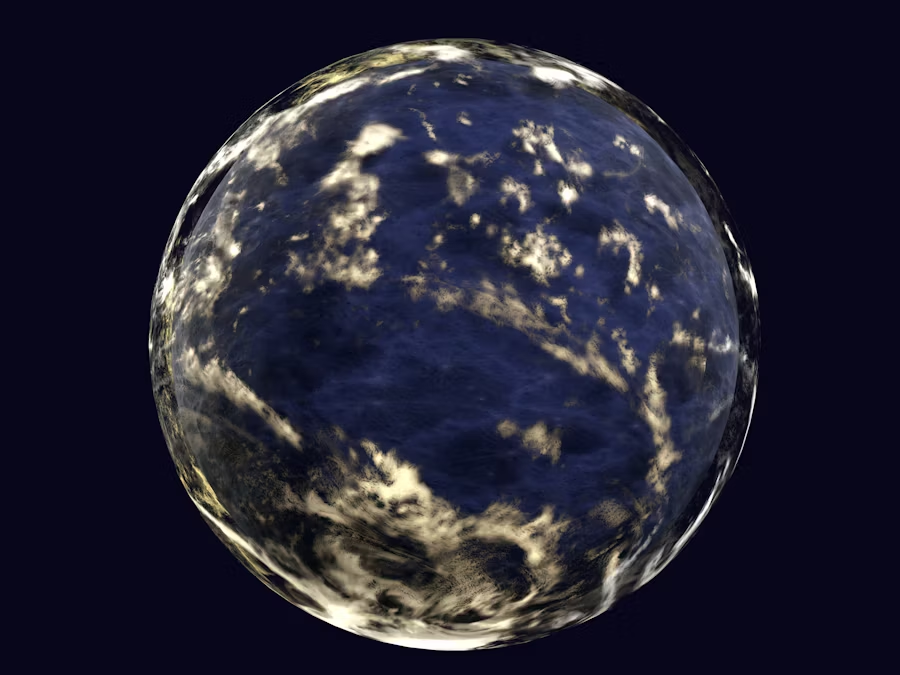Atmospheric temperature data from weather satellites has long been a thorn in the side of alarmists because it tends to show less warming than computer models predict or surface thermometers register. Especially the original “UAH” satellite data set developed at the University of Alabama-Huntsville. Some newer satellite-based series do show more warming after 2000. Which is a puzzle since they all use the same satellites. One of the UAH series’ developers, Dr. Roy Spencer, explains why. In 1998 a new high precision satellite was launched and while the older less reliable one survived until 2004 the UAH team stopped using it in 2001 because its data readings looked implausible. The other guys kept using the old unit's numbers all the way to 2004, sneaking in some unusually high temperatures that don't show up in the new satellite’s record, or in weather balloon records. The end result was a bit of spurious warming. All in a good cause.
We like to think of scientists as thoroughly objective, data-driven specialists who only want to look at the numbers and figure out the truth. Unfortunately the numbers are often messy, and that's where personal biases can creep in. The developers of the UAH data set, John Christy and Roy Spencer, were initially lauded for their efforts back in the 1990s, but as the satellites gradually failed to show the expected warming, their colleagues began a long-running campaign to isolate and discredit them.
This campaign turned out to be difficult when, as Spencer notes, their satellite measurements were found to be in good agreement with measurements taken by weather balloons. At one point analysts at the Remote Sensing Systems corporation in California found an error in the UAH work, which was promptly corrected, and since then the RSS and UAH teams have checked each other's work and their products largely agree, except for the one interval from 2001-2004. That discrepancy exists because the UAH team determined, both from diagnostics of the on-board equipment and comparisons with weather balloon instruments, that the old satellite was no longer providing reliable measurements as of 2001 yet the RSS group (and two other teams) kept using its readings up to 2004, giving them more warming over the interval from 1979 to today.
Since there are three data sets that use the old system and only the UAH team cuts it off at 2001, alarmists can now dismiss UAH as an "outlier", as for instance in an unpleasant tweet from one of their colleagues that Spencer talks about. But when others prefer bad data to good data, being an outlier is good.
Our video about the phony 97% consensus emphasized that the most pernicious effect of all this talk of consensus, as if conformity were an important scientific value, is that it leaves dissenting scientists feeling marginalized and isolated, which is very costly for social beings. (And despite stereotypes, scientists are social beings too.) The attempt to make people believe the UAH data set is wrong because three other teams all use low-quality data to get a warming boost only works in this day and age because we've been taught to count hands when deciding scientific matters and scorn the curious and the skeptical, rather than examining evidence.


